





The Surrealism Website
Henri Goetz (1909–1989)
 Henri Bernard Goetz was a French American Surrealist painter and engraver, born in New York City.
Henri Bernard Goetz was a French American Surrealist painter and engraver, born in New York City.
When he was eighteen, he left home to attend the Massachusetts Institute of Technology in Cambridge, where he studied to be an electrical engineer. However, he started taking evening art classes and began to devote his summer vacations to painting instead of his apprenticeship. He decided to enroll at Harvard University in Cambridge, where he attended art history lectures with the intent of becoming a museum curator. He left Harvard the next year to attend the Grand Central School of Art in New York City, where he enrolled in morning and night classes. In July, 1930, he decided to leave America to go to Paris using money he had saved working as a golf caddie and as an apprentice electrical engineer.
The day after arriving in Paris, Goetz began attending the Académie Colarossi, aiming to split his time between the studios there and those at the Académie Julian and the Académie de la Grande Chaumière. He frequented the Montparnasse art studios, including the studio of Amédée Ozenfant. He was not interested in formal training, instead looking for somewhere to paint. He began by studying the nude figure. Goetz lived with several other undiscovered artists in France. In 1934, Goetz met the Austrian artist, Rudolf Bauer, who introduced Goetz to the work of Pablo Picasso, Georges Braque, Henri Matisse, Georges Rouault. Bauer taught Goetz about left-wing politics, Sigmund Freud's ideology, avant-garde poetry and music.
In September 1935, Goetz met Christine Boumeester at the Académie de la Grande Chaumière. Christine was a shy Dutch painter from Java, Indonesia. Goetz invited her to visit his studio, and she moved in with him several days later. Shortly after, they were married. He credited Christine with much of his early development from realism to his more surrealist painting style.
Through Bauer, he was able to show his first painting in a show in London. In January 1937, Goetz held his first exhibition at the Galerie Bonaparte with his wife. When World War II began, both Goetz and his wife worked with the French Resistance. They created posters to paste on walls around Paris, and worked to forge identity documents. In 1939, Christian Dotremont and Raoul Ubac created La Main à Plume, the first surrealist publication under the Occupation. The group made false documents for a Czech poet who, upon being caught by the German authorities, told them of the surrealists and where the group met. The group was arrested and the authorities found a note from Goetz detailing instructions on forging identity cards. For this, as well as because of Goetz's American nationality, he and Christine were forced to flee to Cannes in the Côte d'Azur. After the Liberation of Paris in 1944, Goetz and his wife were able to return.
In 1945, Goetz worked with René Guilly on a national radio program called The World of Paris. Goetz visited a new studio each week and, through this, met with artists such as Pablo Picasso, Constantin Brancusi, Wassily Kandinsky, Julio Gonzalez, Francis Picabia, Max Ernst. He continued broadcasting for six months before giving his position to someone else.
In 1949, Goetz began to teach a painting class. The classes were well attended. After five years of teaching there, he taught for another five years at the Académie de la Grande Chaumière.
His later work became more abstract, as he left the verist surrealism behind.
In 1968, Christine became ill and lived another three years, before dying in Paris on January 10, 1971.
After her death, Goetz came across a number of her journals, which he published as 'Christine Boumeester's notebooks'. After being hospitalized for an illness, Goetz committed suicide by jumping from the fifth floor of the hospital in Nice, on August 12, 1989.
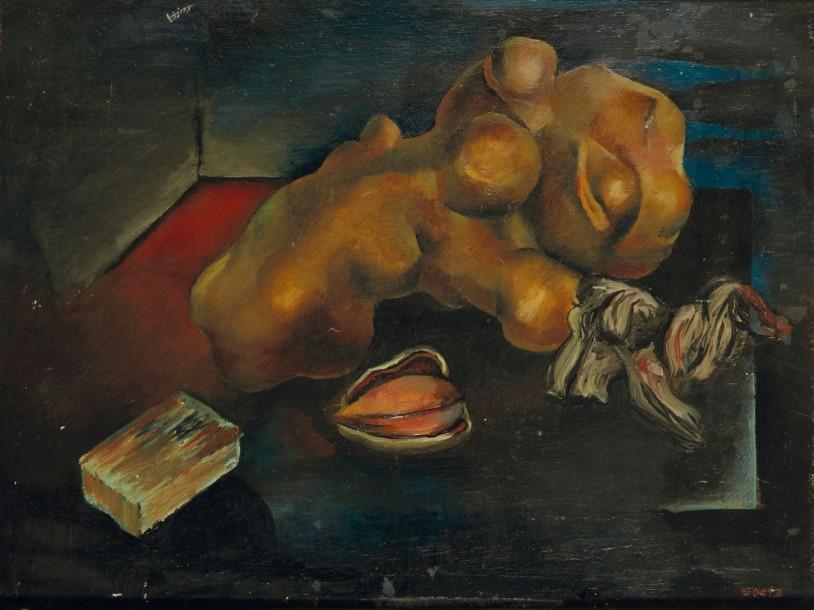
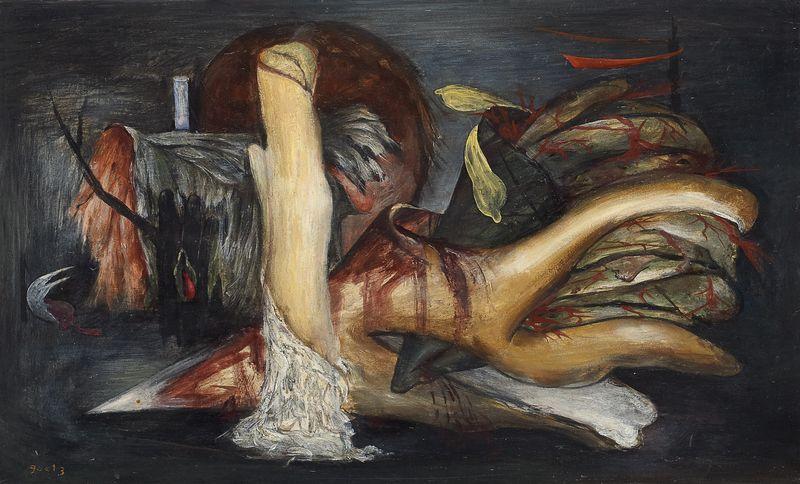
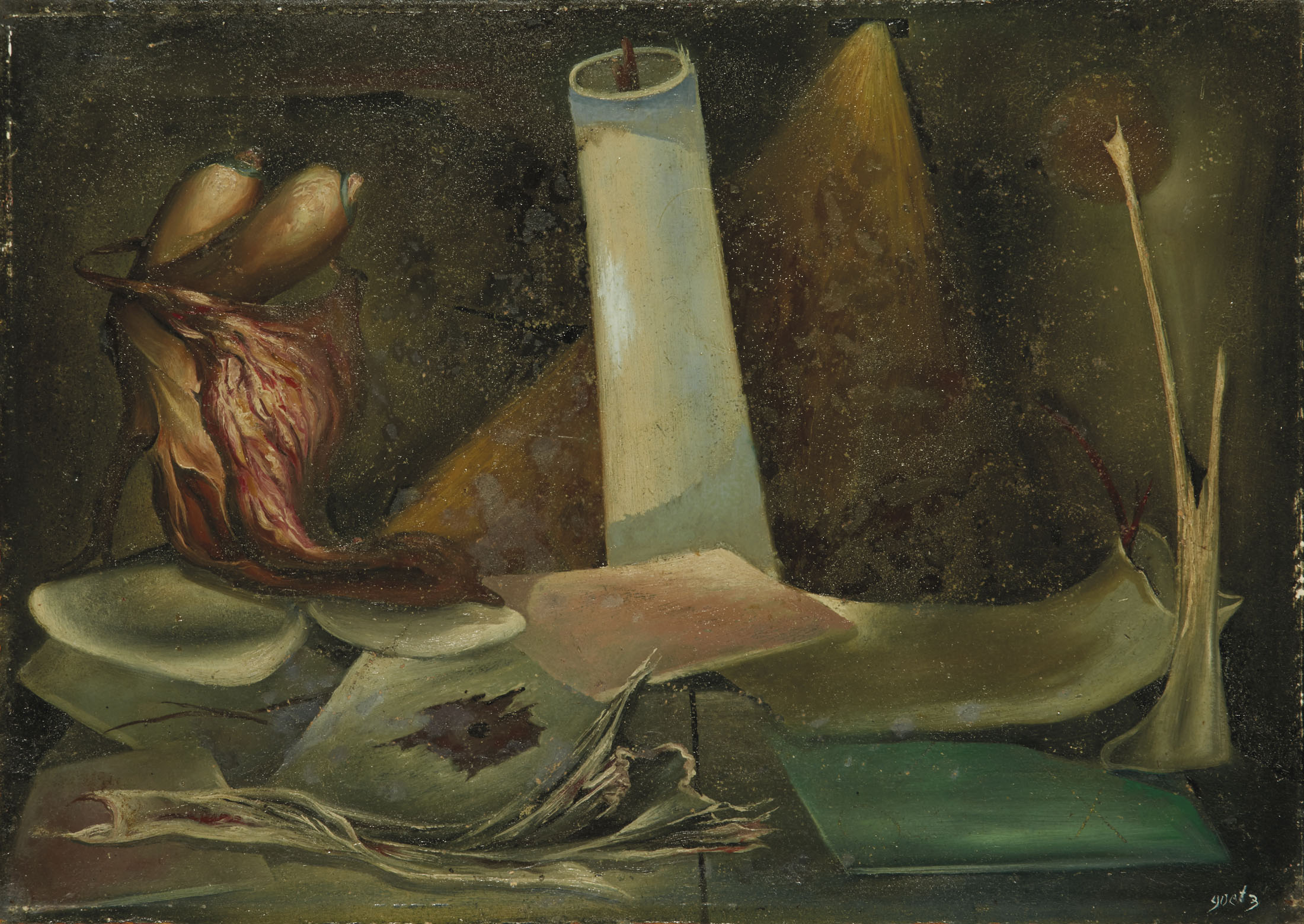
.jpg)
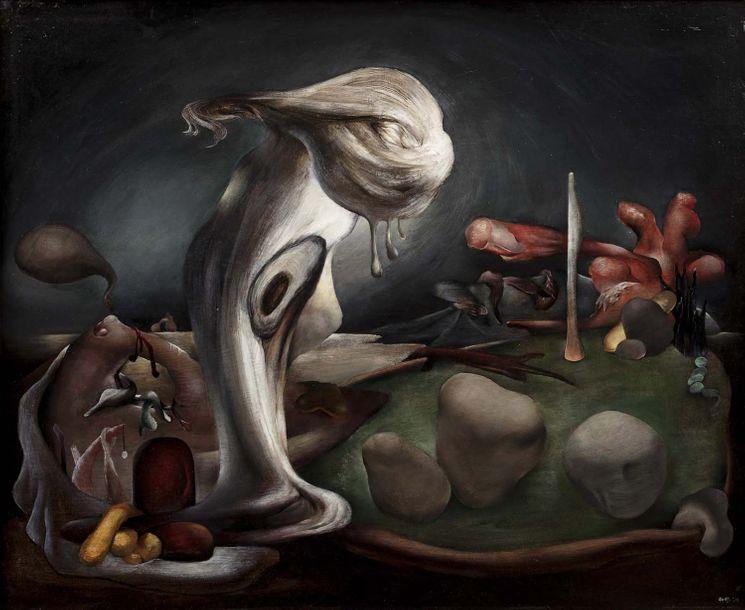
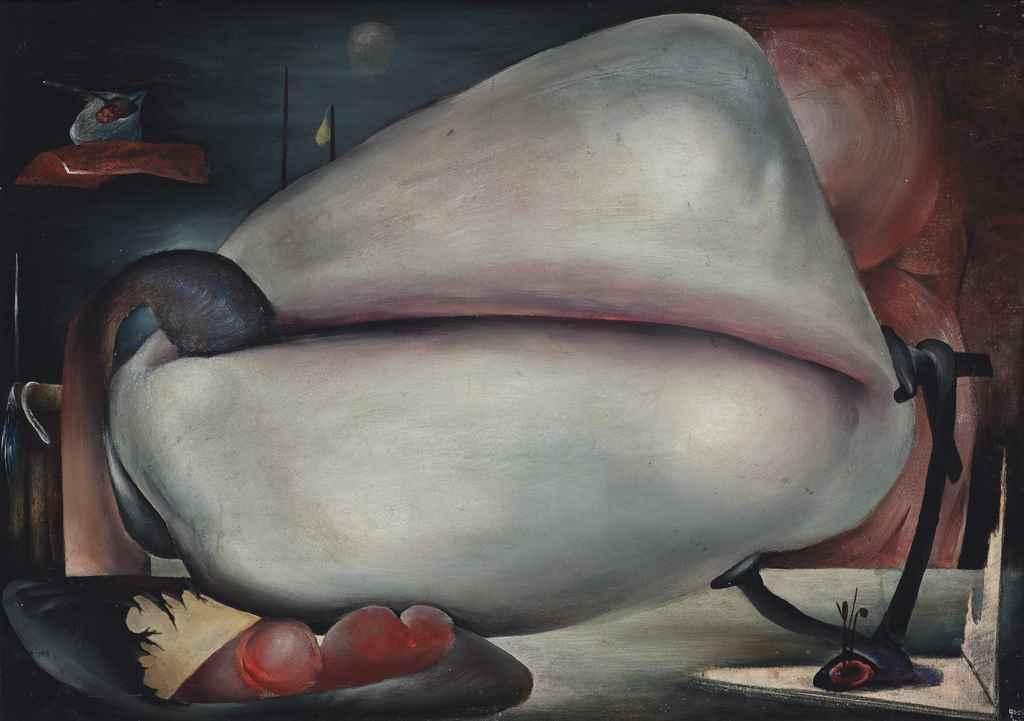
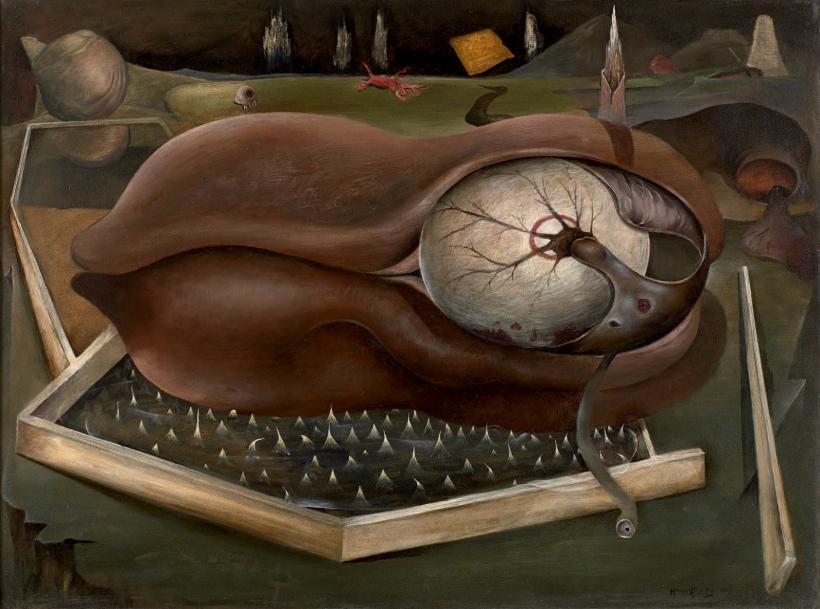
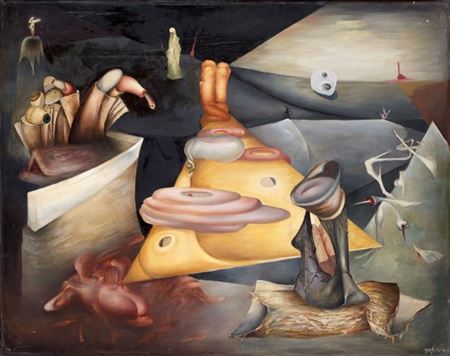
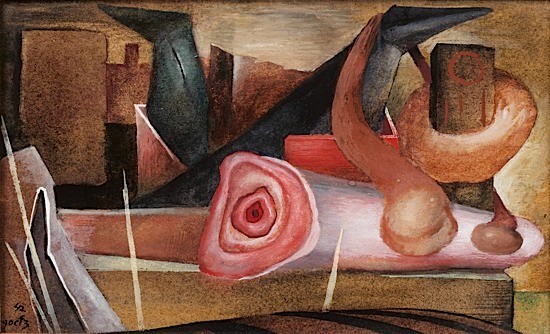
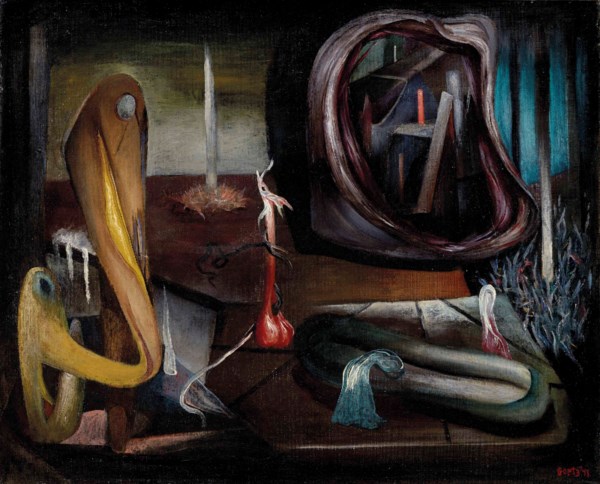
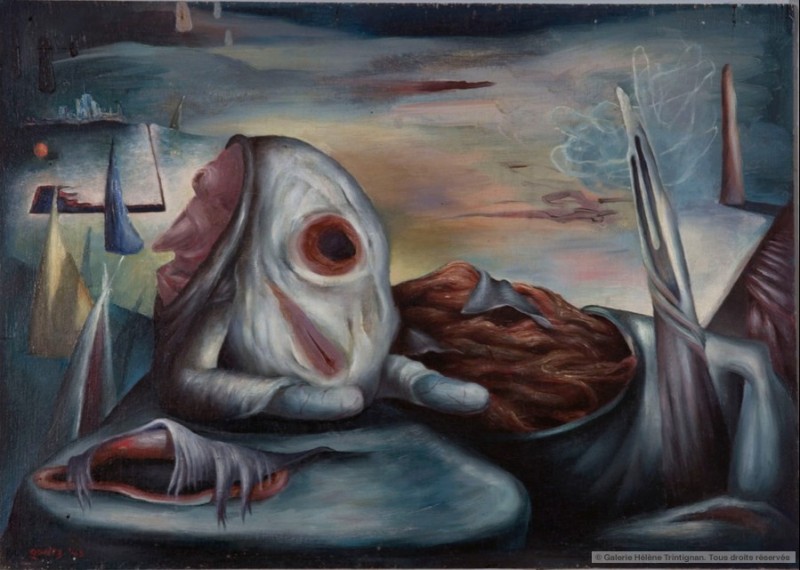

.jpg)
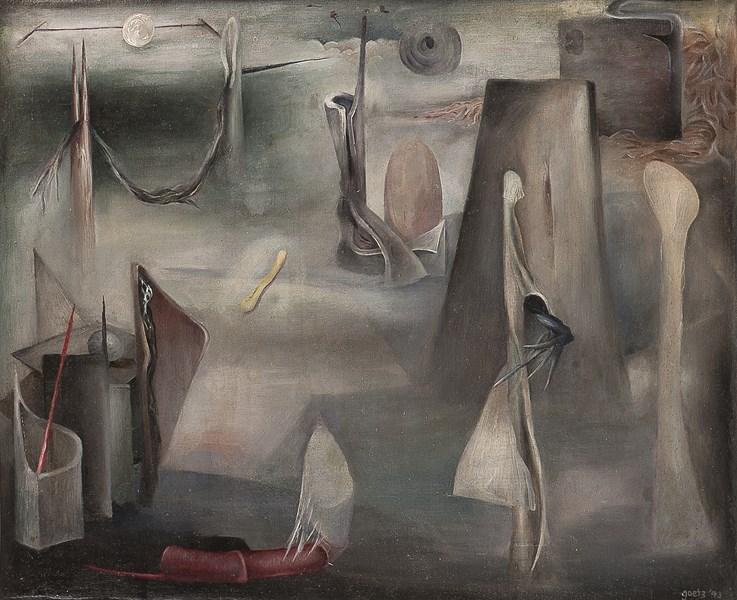
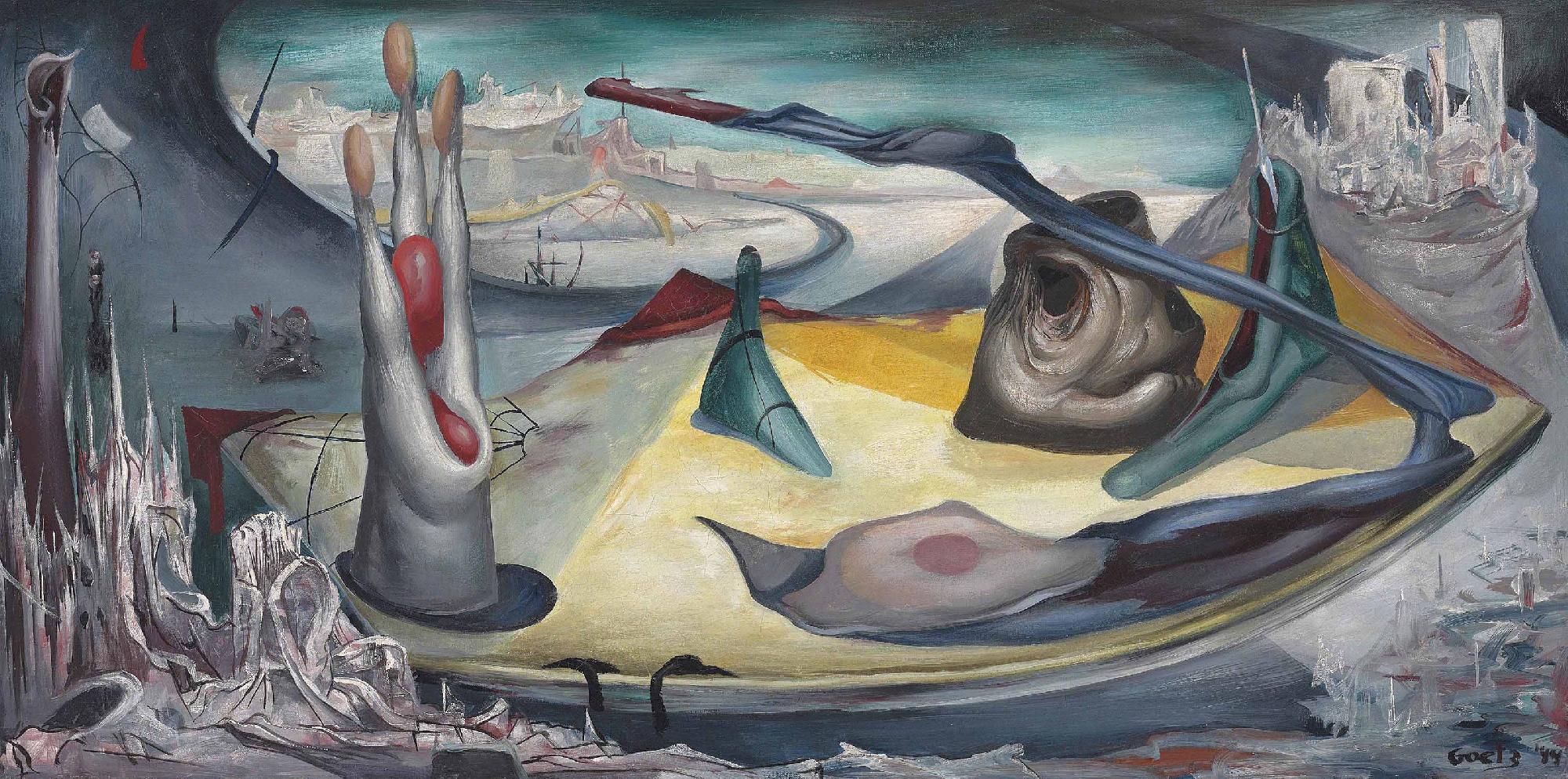
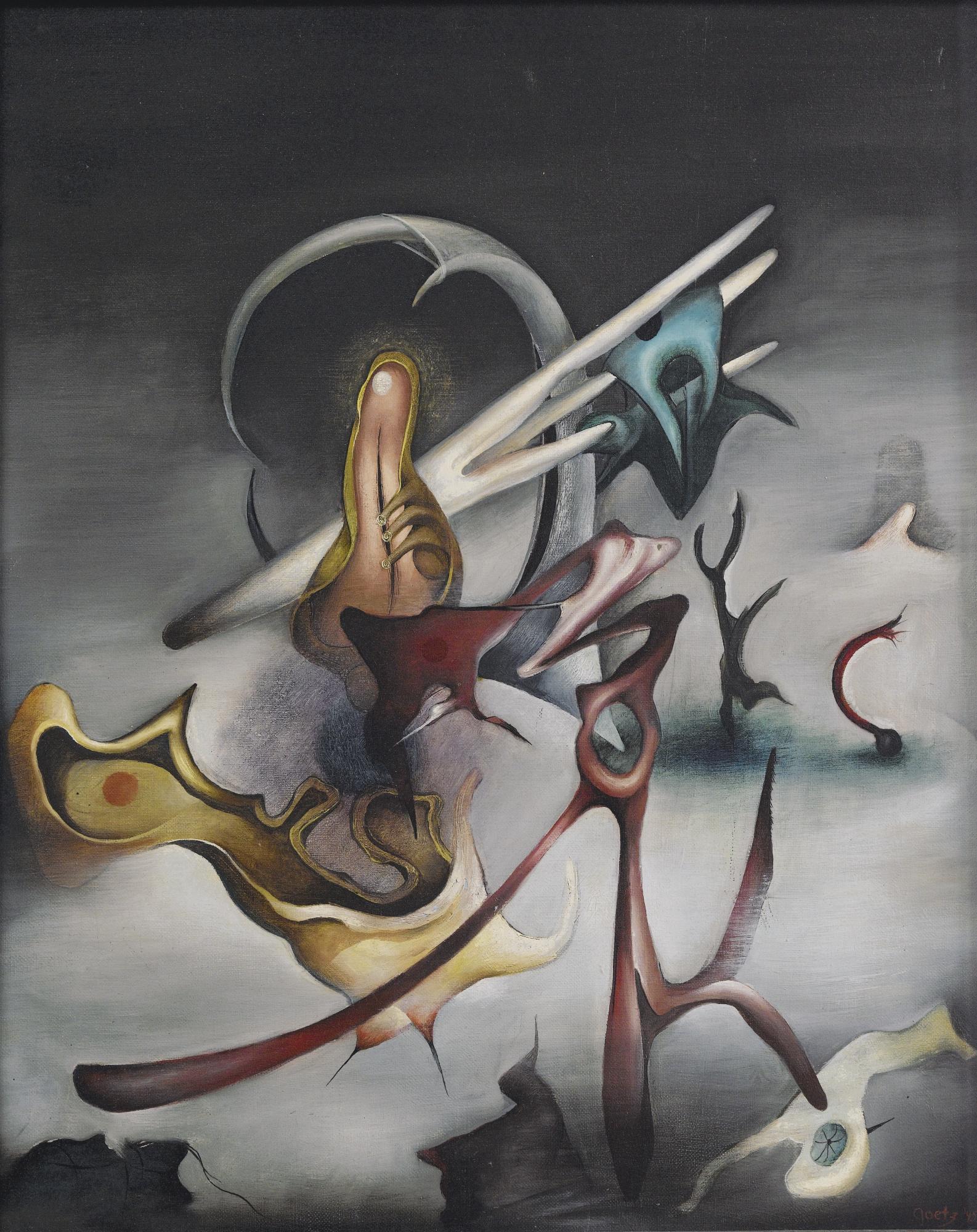
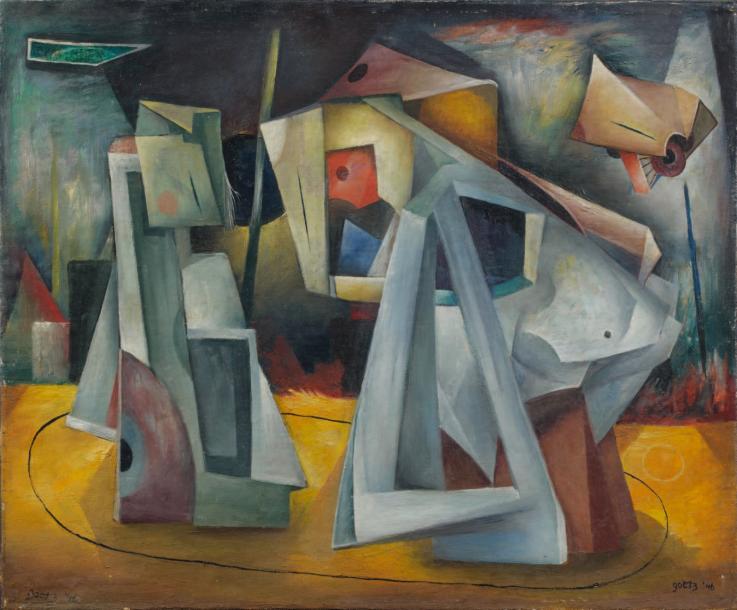
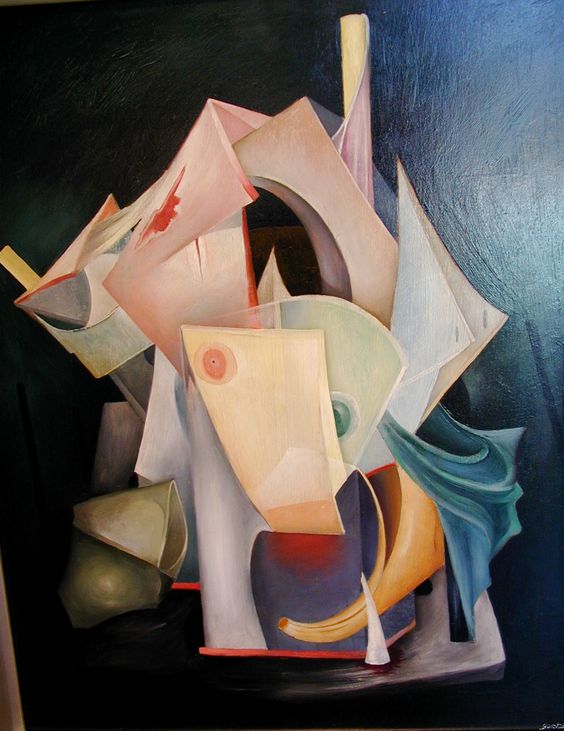
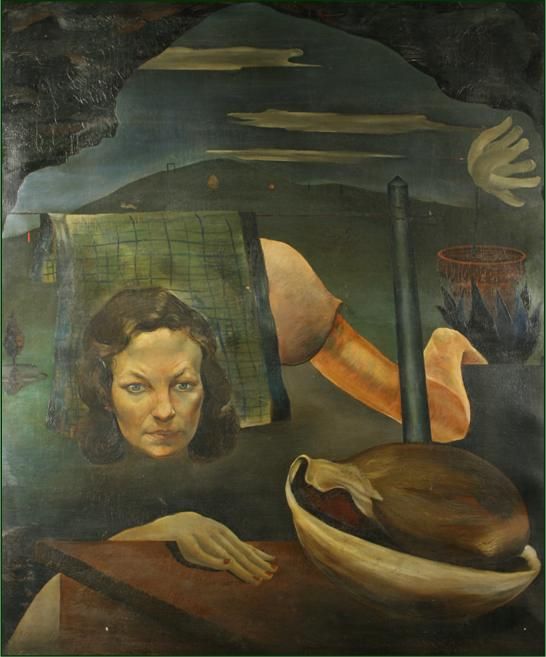
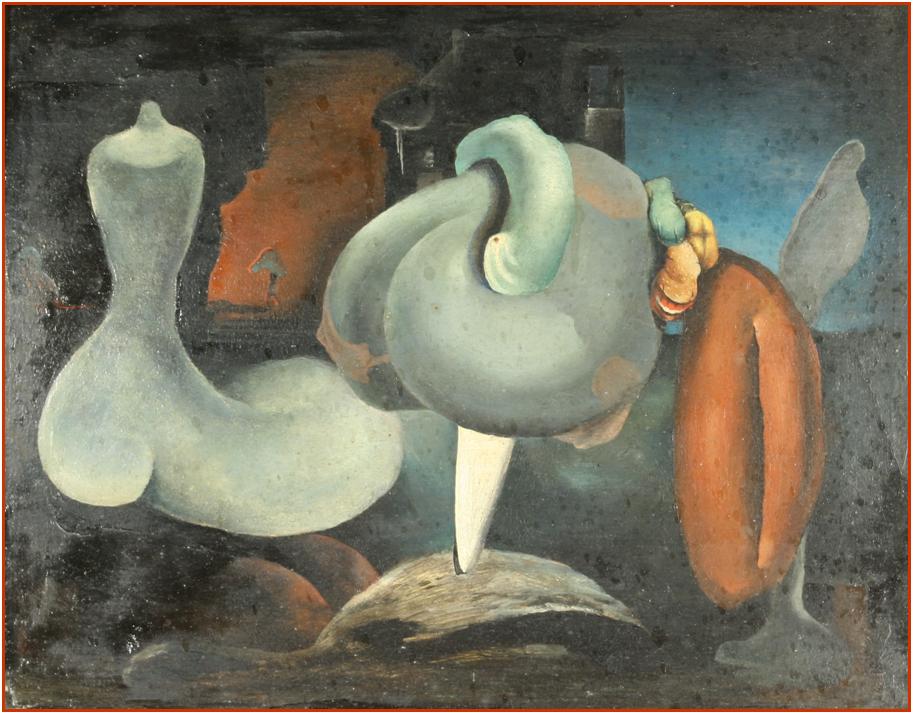
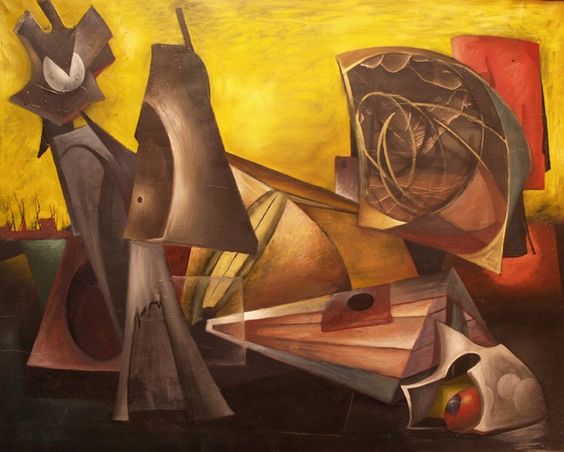









.jpg)








.jpg)








 Henri Bernard Goetz was a French American Surrealist painter and engraver, born in New York City.
Henri Bernard Goetz was a French American Surrealist painter and engraver, born in New York City.